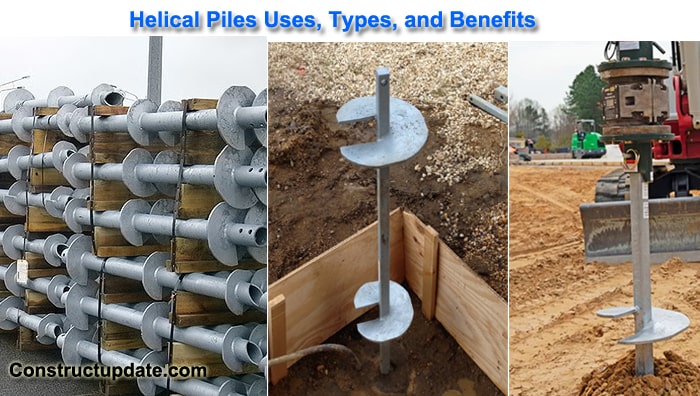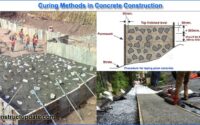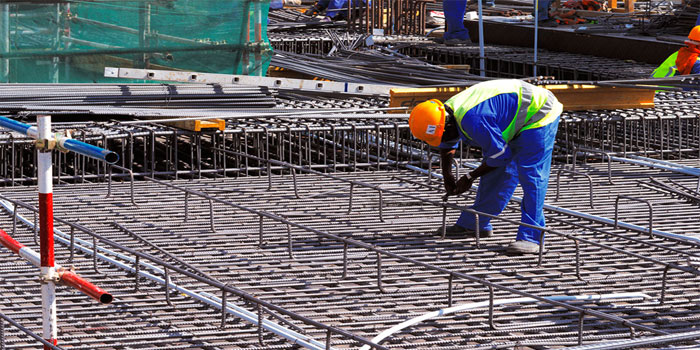What are Helical Piles, Types, Uses, and Advantages
What are Helical Piles?
Helical piles are a type of deep foundation that is manufactured. Helical piles are distinguished from other deep foundations by the swirling blades that run the length of their shafts, as opposed to the comparatively uniform shape of driven piles and micropiles.
Helical piles are also known as helical piers, helical anchors, screw piles, and screw foundations. While there are a few minor differences in naming conventions, these phrases are usually used interchangeably. The principle is, at the very least, the same in all of them.
Helical piles are a type of deep foundation. It is made out of a central shaft with varying diameters and thicknesses, as well as at least one helical plate.
Helical piers, helical anchors, screw anchors, screw piles, and just helical are all names for helical piles. Steel shafts are used to produce helical piles.
Helical flights come in a variety of sizes to fit the soil conditions at the job site. Round hollow bottom helical piles and solid square piers are constructed.

Common uses of Helical Piles:
- Both permanent and temporary structures require structural support (compression or tension).
- Underpin existing foundations
- Walkways
- Telecommunication masts/platforms
- Electrical equipment, pylons and poles
- Buildings/modular buildings
- Rail structures (signalling, platforms, overhead line equipment)
- Highways structures (signage)
- Temporary/permanent seating (stands)
- Anchors (back stays/tension guys)
- Retaining walls, flood defences
- Wind turbines
- Solar farms
- Fencing
What are Helical Piles Made Of?
The majority of helical piles are round hollow shafts or square solid shafts made of steel extruded in a variety of sizes and grades to suit various applications.
One or more steel screw threads (or helical bearing plates) are welded to the shaft to provide enough downforce to the soil as it is screwed into the ground. This is what distinguishes it as a helical pile. The screw’s plane (or angle) is standard, but the size and shape might vary depending on the application and soil conditions.
A shear lug is located at the top of the pile and fits machine-driven, rotational hydraulic attachments. Depending on the size of the pile, these are propelled by small or huge excavators.
What Are Helical Piles and How Do They Work?
Helical piles are erected by twisting them into the soil in the same way that a corkscrew twists into a bottle of wine.
Additional extension segments are joined with bolted couplers and screwed into the earth when the shaft of each pile goes below the surface, resulting in a single pile that can stretch 100s of feet below ground.
In many circumstances, the steel pile is sufficient to meet the project’s load requirements. Concrete (also known as grout) can be used to make more durable deep foundation systems. Concrete is continually poured down the column’s sides, following the displacement plate and encasing the steel shaft in a grouted column. This method results in a reinforced pillar that can bear the harshest compression, uplift, and lateral forces.
Types of Helical Pile Design:
- Solid square shaft
- Round shaft pipe
- Square and round shaft combo piles
- Grouted square shaft
Advantages of Helical Pile:
• Cost-effective type of pile
• Rapid Installation
• Instant and Direct Load Capability
• Negligible disruption in the work-site areas due to no noise or vibration
• Installation monitoring and certification of the load capacity throughout its installation
• Installed at remote sites or on sites with limited access
• Engineered and designed for any type of load capacity and site restrictions





